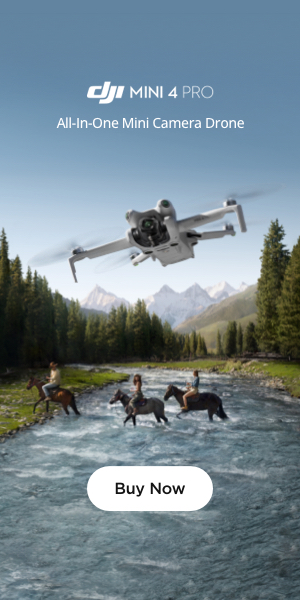I think you may have not understand how PL filters work. Correct me if I'm wrong but it appears that you are filming while flying towards the sun. It shows that clearly in some parts of the video. PL filters do virtually nothing when flying to or away from the sun (in terms of polarizing). If you fly 90deg to the sun you will have a strong polarizing effect with the effect diminishing as you begin to face to or from the sun. This was a very poor "test". If you'd flown 90 off it would have been useful. Also, the fact that it was an ND 32 meant nothing. It could have been an ND 64 or 128 or no ND filter at all. If a scene is shot with no ND filter and then an ND filter is added the scene will only look dark if the exposure is set manually so it is not changed. A much more revealing test would have been shooting 90deg to the sun, setting the camera to full manual mode for exposure, then shooting again after adding an ND filter...and comparing them...then adding the PL to the ND and showing the difference between them. By filming into the sun the video tells us exactly nothing much. Sorry to say. I'll also mention that PL filters, particularly with video, are rarely useful if the video expects to pan left or right with the sky or clear water in view as the sky will change dramatically from a dark polarized sky to a lighter non- polarized sky particularly with a wide angle lens and that's visually jarring. It is not very visually appealing. PL filters have great effect on foliage and other reflections and can be used to great effect but because they don't affect the sky uniformly they have to be used carefully, again, particularly with wide angle lenses or you end up with a weird dark and light sky. Consider redoing this video when flying 90deg to the sun and if possible. I think you would find it much more informative.












